Lobby interior design is all about creating inviting and functional spaces that make a lasting first impression. From thoughtful layout choices to selecting the right furniture and decor, the goal is to blend style with comfort, ensuring visitors feel welcomed and at ease as soon as they step inside. Whether it’s for a hotel, office, or public venue, a well-designed lobby sets the tone for the rest of the experience.
Sustainable Materials in Lobby Construction
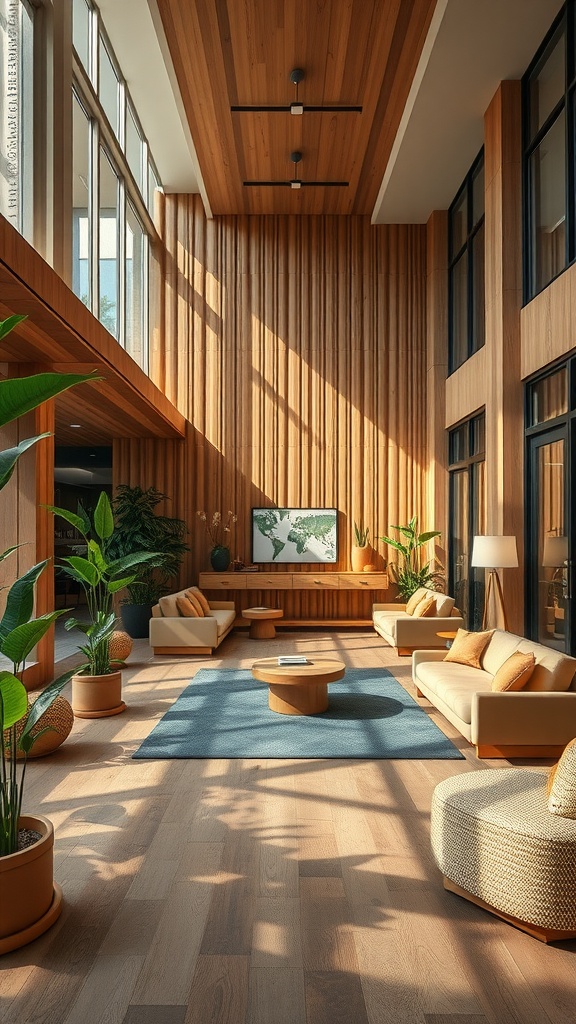
Using sustainable materials in lobby design not only looks good but also feels good. Natural wood and plants create a warm atmosphere while promoting eco-friendliness. Incorporating these elements shows a commitment to the environment and enhances the overall guest experience.
The Impact of Color Schemes on Lobby Experience

Color schemes play a big role in how we feel when we enter a lobby. Bright colors can energize and uplift, while softer tones create a calm atmosphere. Choosing the right palette not only enhances aesthetics but also influences guest mood and comfort.
Innovative Reception Desk Designs
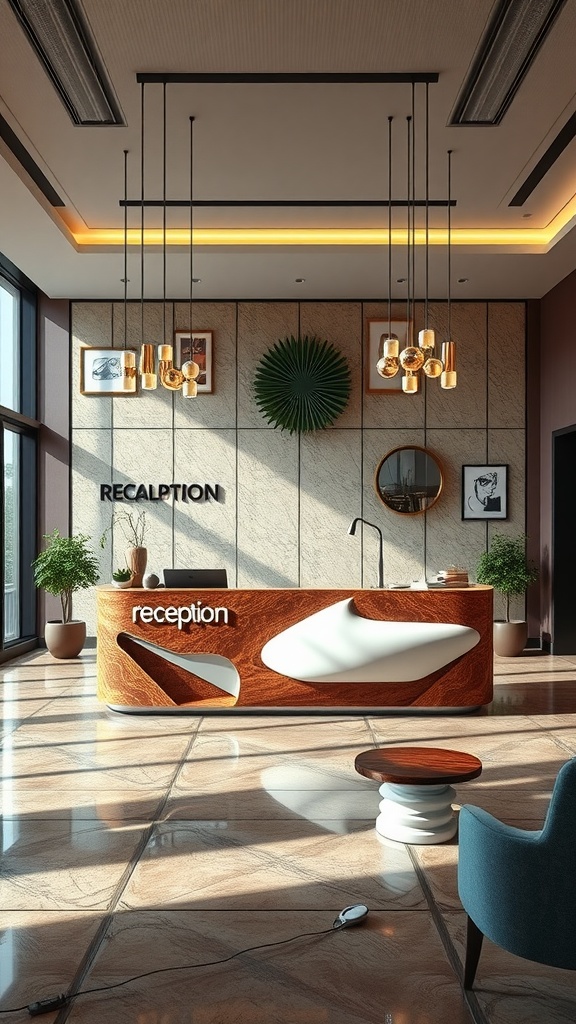
A unique reception desk can set the tone for any lobby. This design combines sleek lines with warm wood, creating an inviting atmosphere. Pairing it with stylish lighting and greenery adds to the overall vibe, making visitors feel relaxed and welcomed.
Incorporating Natural Elements in Lobby Design
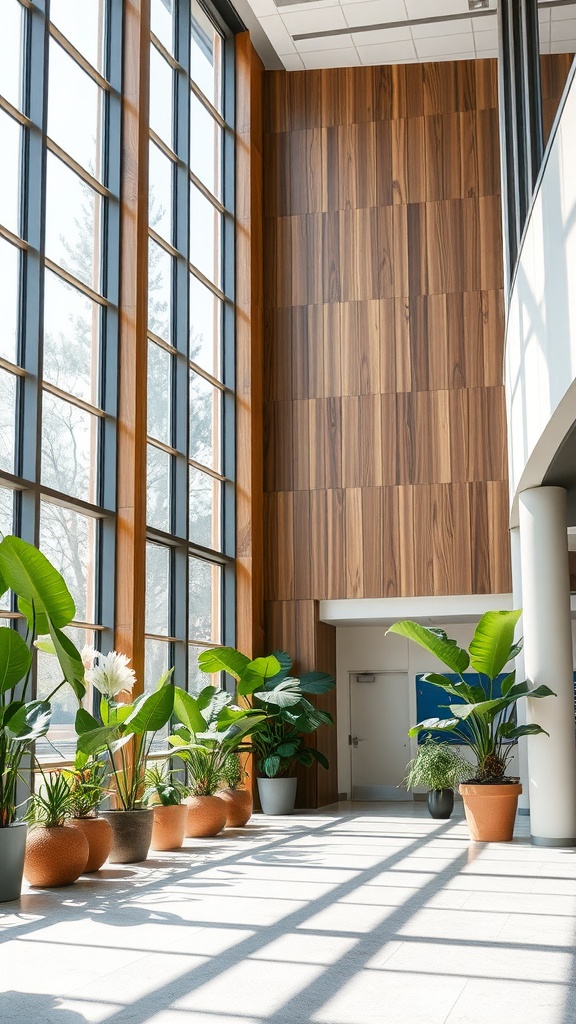
Bringing nature indoors can really uplift a lobby space. Large windows let in natural light, while potted plants add a fresh touch. Together, these elements create a warm and inviting atmosphere that welcomes visitors.
Art Installations as Focal Points

Art installations can really elevate the vibe of a lobby. A bold piece, like colorful letters or shapes, draws attention and sparks conversation. It’s a fun way to make a first impression and create a welcoming atmosphere.
Incorporating Technology in Lobby Spaces

In today’s lobbies, technology really helps create a welcoming vibe. Digital displays can show important information while interactive kiosks make it easy for guests to find what they need. With the right tech, a lobby can feel both modern and friendly.
Creating a Welcoming Atmosphere
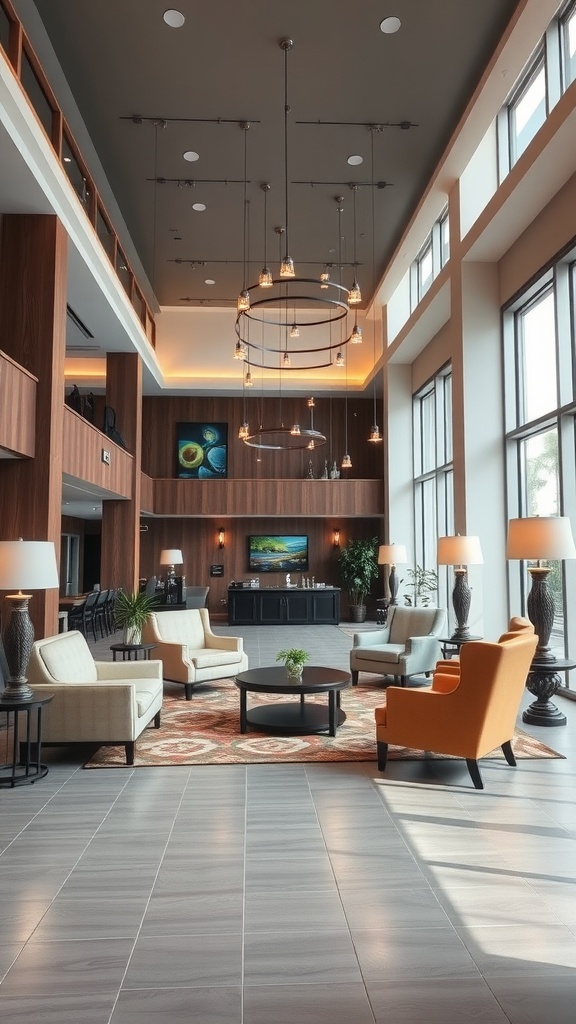
A well-designed lobby can make guests feel right at home. Comfortable seating and warm lighting invite people to relax and unwind. Adding a touch of greenery or art can bring the space to life and create a friendly vibe.
Balancing Functionality and Aesthetics

In lobby design, it’s important to find a balance between how a space looks and how it works. Comfortable seating, natural light, and open layouts invite guests to relax and enjoy their surroundings. By thoughtfully combining style with practical elements, lobbies can create welcoming environments that make a lasting impression.
Creating Zones Within a Lobby
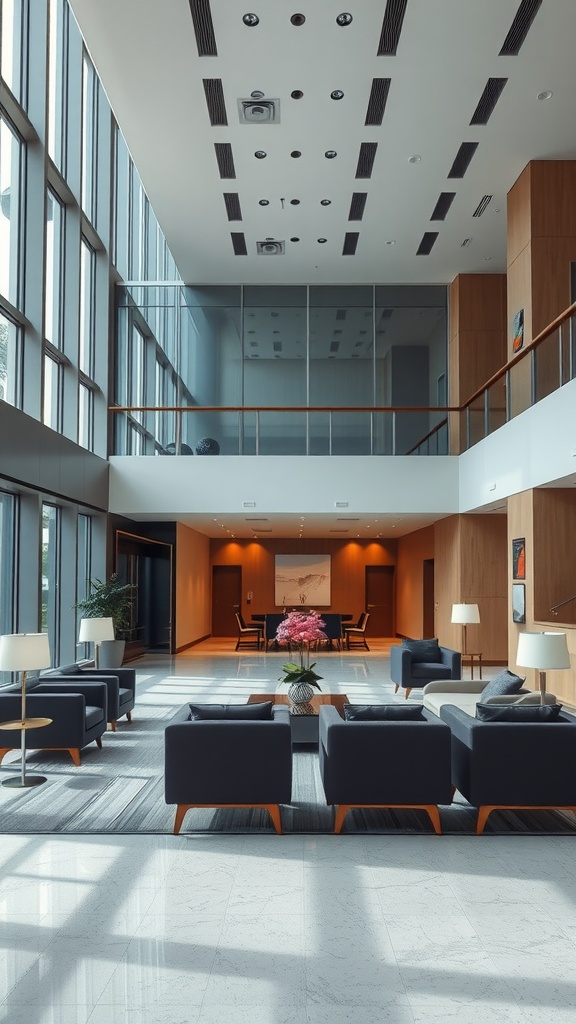
Designing distinct zones in a lobby makes the space more inviting and functional. For example, you can create a cozy seating area with soft chairs and tables for casual conversations, while reserving another section for more formal meetings. This thoughtful approach helps guests feel comfortable and encourages them to linger a bit longer.
Designing for Different Types of Businesses
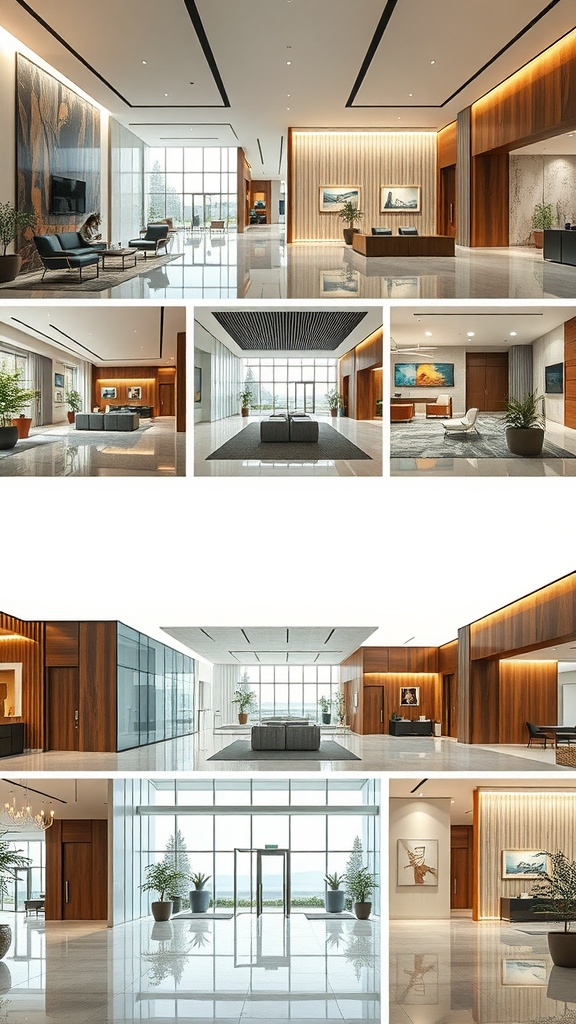
The lobby is the first impression for any business, so it’s important to get it right. For corporate offices, a sleek and professional look can boost credibility, while a cozy café may benefit from softer textures and warm colors. Ultimately, the design should reflect the brand’s identity and invite customers to feel at ease.
Choosing Furniture That Fits the Space
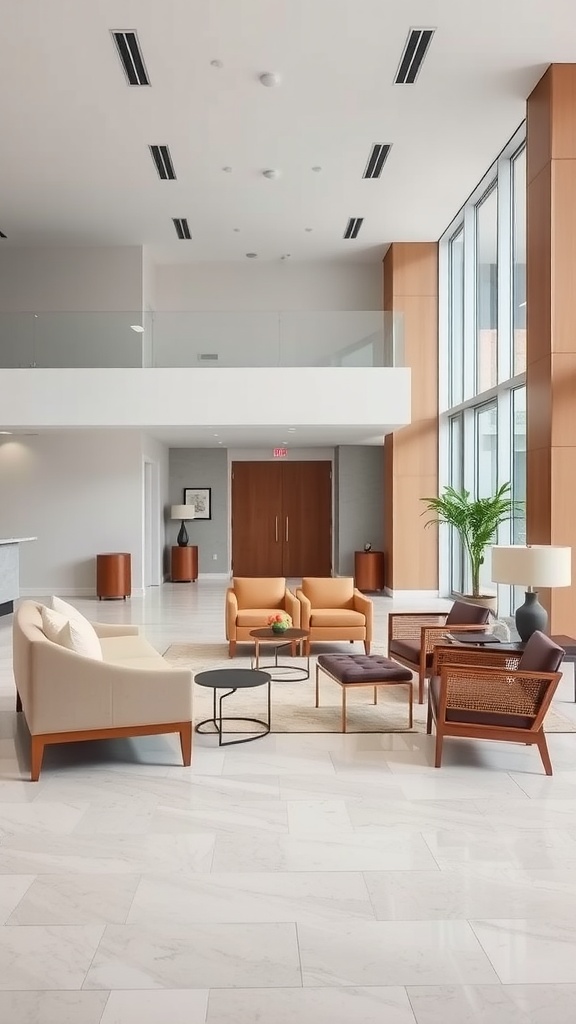
When picking furniture for your lobby, it’s important to consider the size and layout of the area. Choose pieces that complement each other while also leaving enough space for movement. Comfortable seating and simple tables can create an inviting atmosphere without making the area feel cramped.
Sound Design and Acoustics in Lobbies
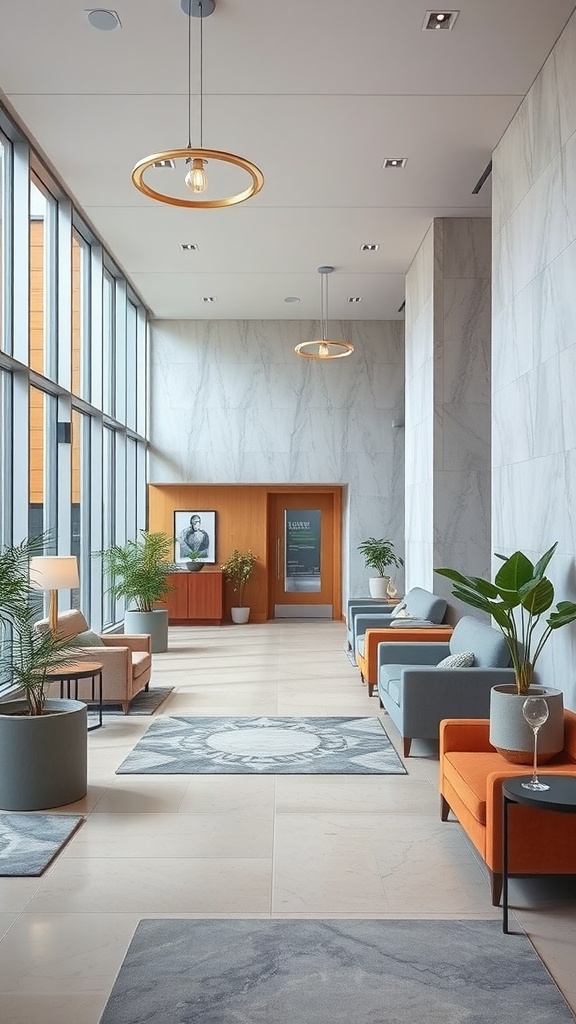
Creating a welcoming lobby involves more than just visual appeal; sound design plays a big role too. Soft background music and sound-absorbing materials can make the space feel calm and inviting. Thoughtfully designed acoustics enhance the overall experience, making conversations pleasant while reducing noise distractions.
Lighting Techniques to Enhance Lobby Ambiance

Lighting plays a big role in setting the mood of a lobby. Using a mix of pendant lights and wall sconces creates layers of light that can make the space feel inviting. Don’t forget to consider the color temperature of the bulbs, as warm tones can enhance comfort and welcome guests in.
Contemporary vs. Traditional Lobby Designs

When it comes to lobby design, contemporary styles often embrace open spaces and sleek lines, creating a bright and airy feel. On the other hand, traditional designs tend to focus on rich textures and classic elements, offering a warm and inviting atmosphere. Each style has its charm, making it easy to choose one that suits the overall vibe of your space.
Incorporating Local Culture into Design

Incorporating local culture into lobby design adds a unique touch that resonates with visitors. This can be done through artwork, decorations, and furniture that reflect the area’s heritage. A welcoming lobby not only sets the tone but also creates a connection to the community.
Seamless Indoor-Outdoor Integration
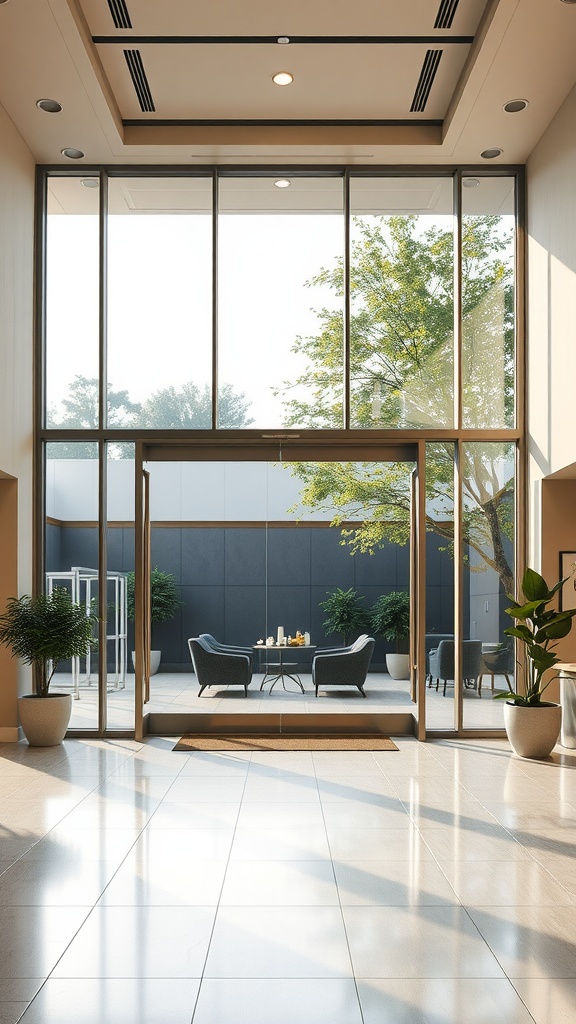
Creating a smooth transition between indoor and outdoor spaces can really enhance a lobby’s vibe. Large glass doors and inviting seating areas bring the outside in, making guests feel more connected to nature. This design choice not only brightens the space but also encourages social interaction in a relaxed atmosphere.
Seasonal Decor Changes for Lobbies
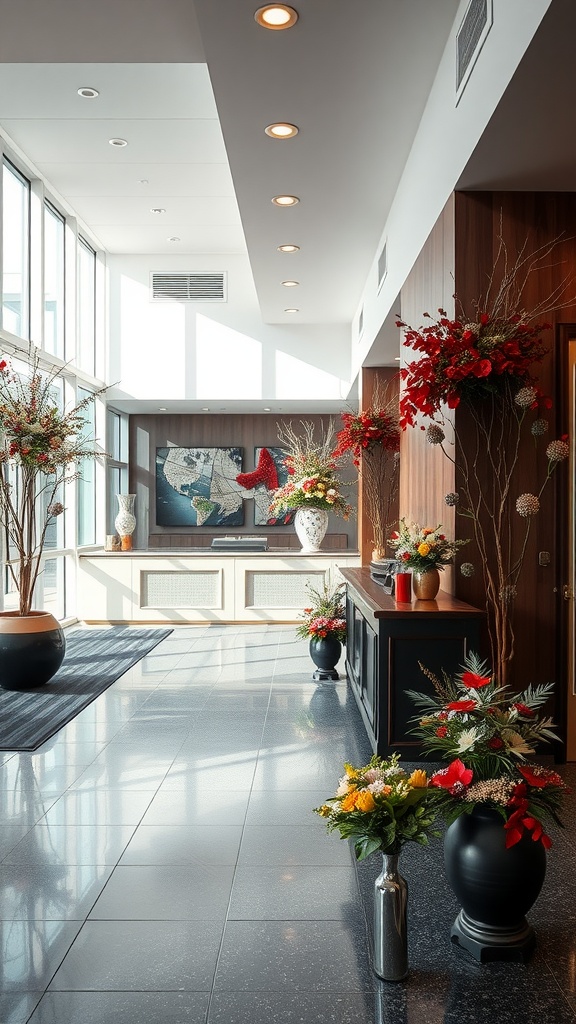
Seasonal decor can really breathe new life into a lobby space. Think about using vibrant flowers and fresh colors to reflect the current season. It’s a simple way to create a warm and welcoming atmosphere that invites guests to feel at home.
Integrating Branding into Lobby Design
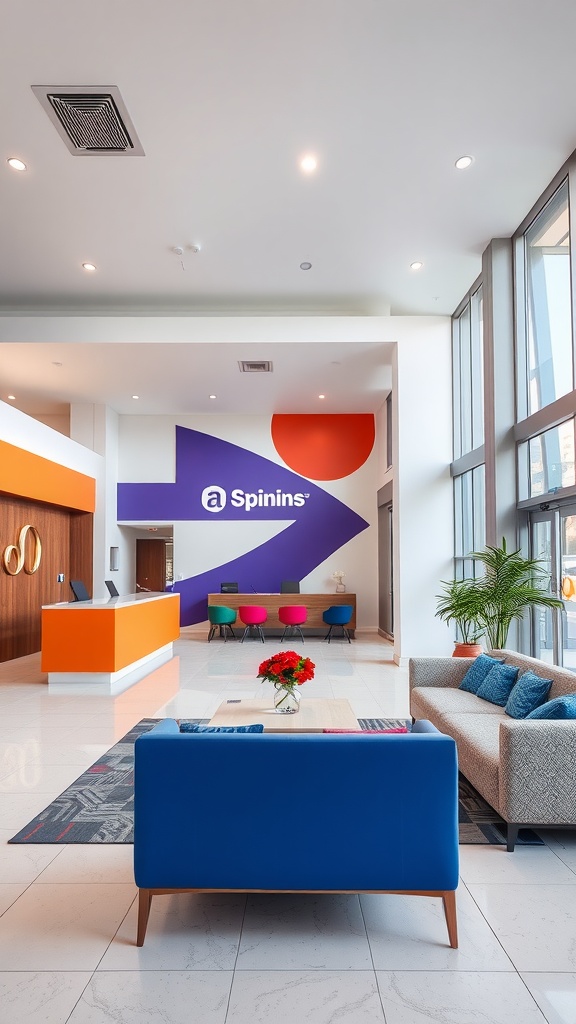
When designing a lobby, it’s all about showcasing your brand. Using colors, logos, and unique furniture can make a space feel welcoming and aligned with your company’s identity. This helps set the tone for visitors and makes a lasting impression.
The Importance of Maintenance in Lobby Design

Keeping a lobby looking fresh is essential for a welcoming vibe. Regular maintenance helps ensure that the design elements, like flooring and furniture, stay in good shape. A well-maintained lobby not only impresses visitors but also reflects the overall care put into the space.
Using Mirrors to Create Illusion of Space
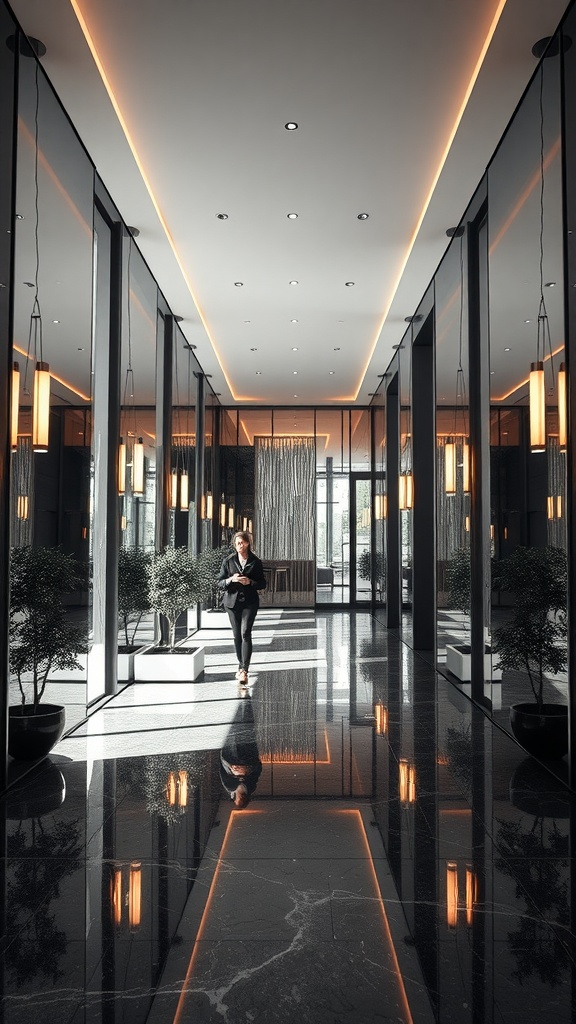
Mirrors can really transform a lobby and make it feel bigger than it is. By reflecting light and creating depth, they help open up the space, making it more inviting. Plus, they add a touch of elegance that can elevate the overall design.
Accessibility Considerations in Design
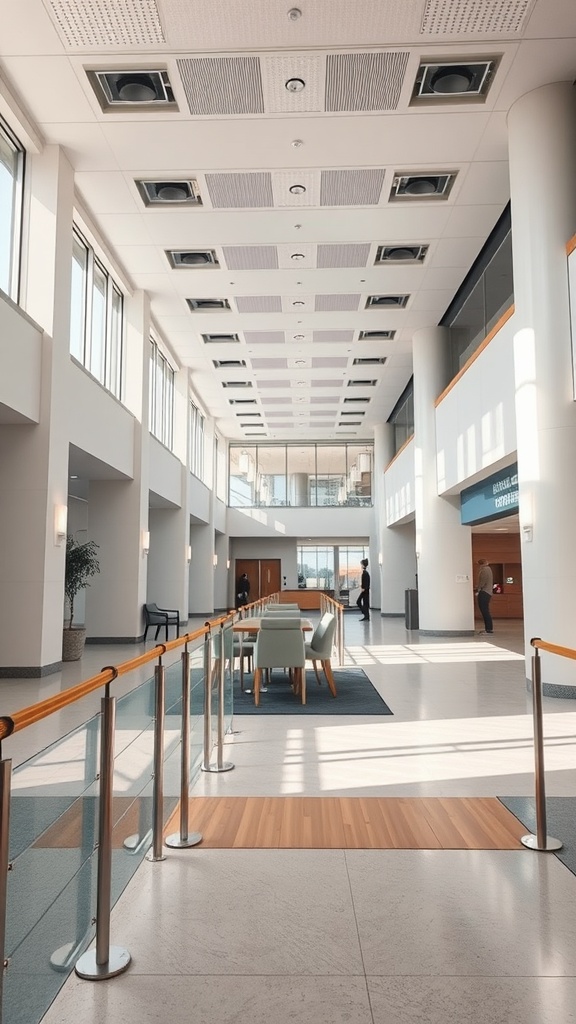
When designing a lobby, it’s essential to think about accessibility for everyone. Features like wide pathways and low furniture help ensure that everyone can move around comfortably. Simple additions, like ramps and clear signage, can make a big difference in creating an inviting space for all visitors.
The Role of Textures in Lobby Design

Textures play a key role in creating an inviting lobby. They add depth and warmth, making the space feel more welcoming. Whether it’s a plush sofa or a woven ceiling, these elements can make all the difference in the overall vibe.
Incorporating Multi-Functional Spaces
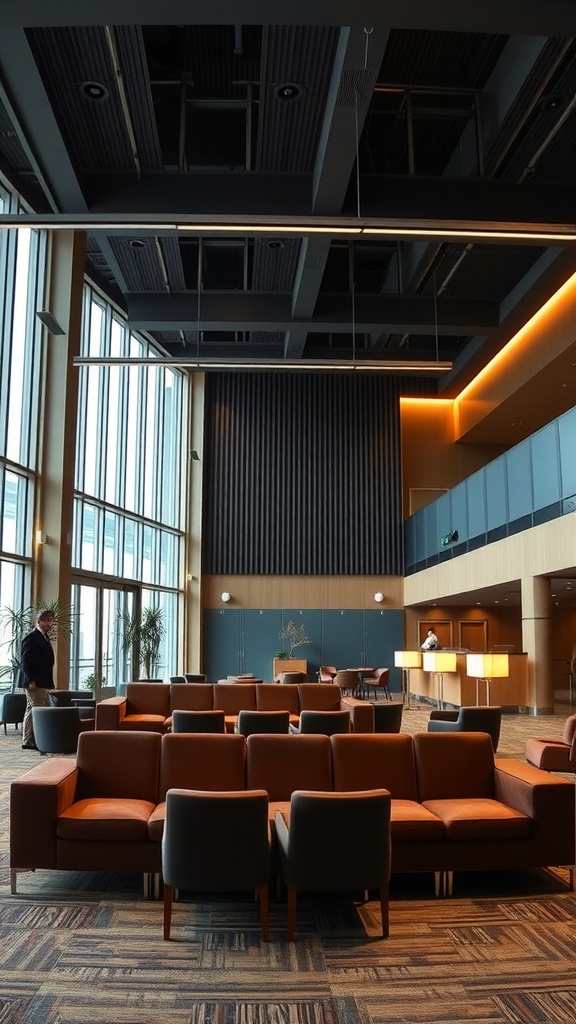
Creating a lobby that serves multiple purposes can really enhance the space. Cozy seating arrangements encourage both relaxation and conversation, making it a great spot for guests to gather or unwind. Adding elements like workstations or coffee bars can also make the area feel more inviting and useful for everyone.
Personalized Experiences Through Design
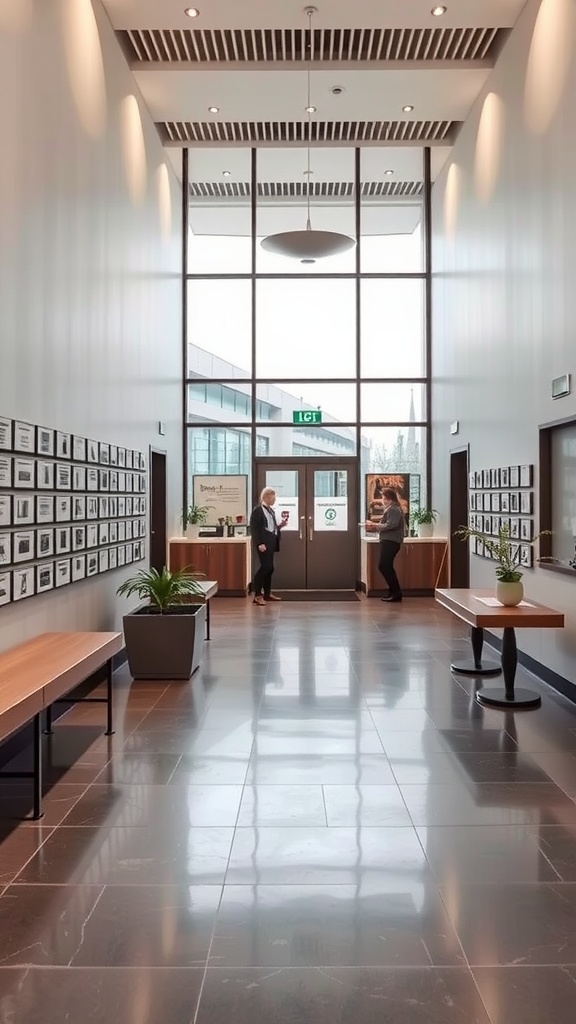
Lobby design plays a key role in making visitors feel at home. A well-thought-out space with natural light and greenery can boost comfort and engagement. Adding personal touches, like local artwork, creates a warm atmosphere that welcomes everyone in.
Showcasing Local Businesses in Lobby Design
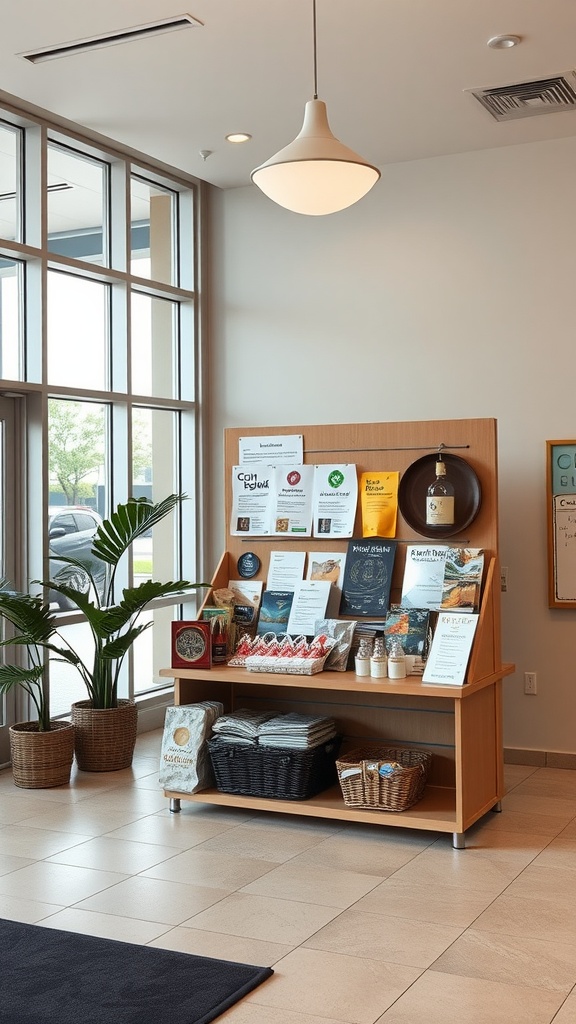
Incorporating local businesses into lobby design adds a personal touch. From handmade crafts to local art, these elements create a unique atmosphere. It’s a simple way to connect guests with the community right from the entrance.

